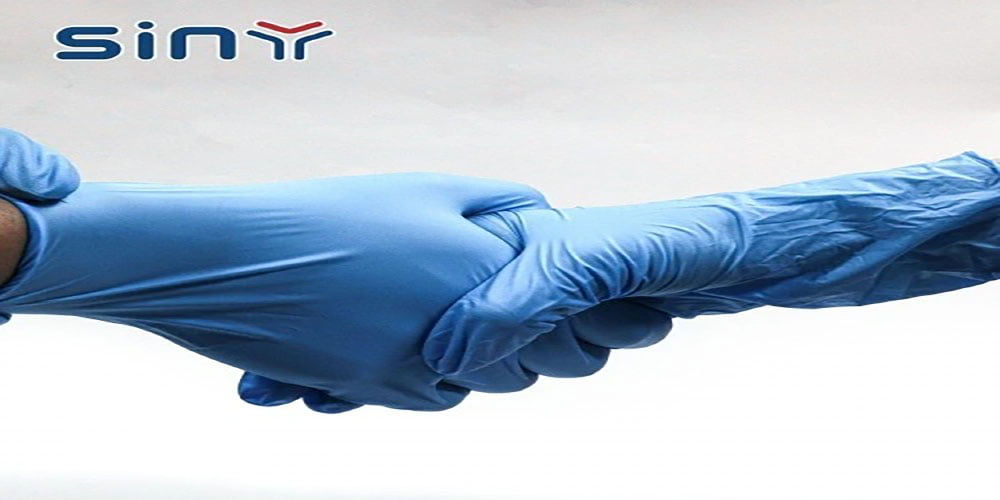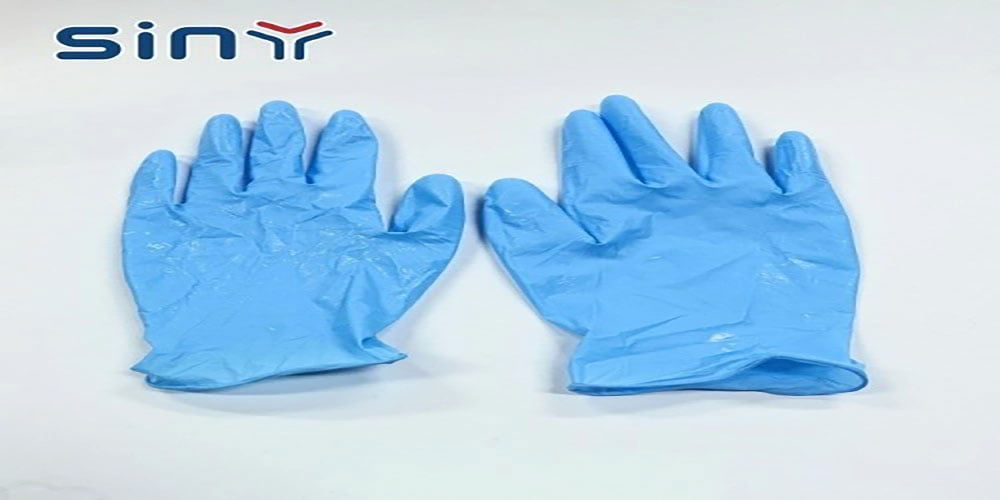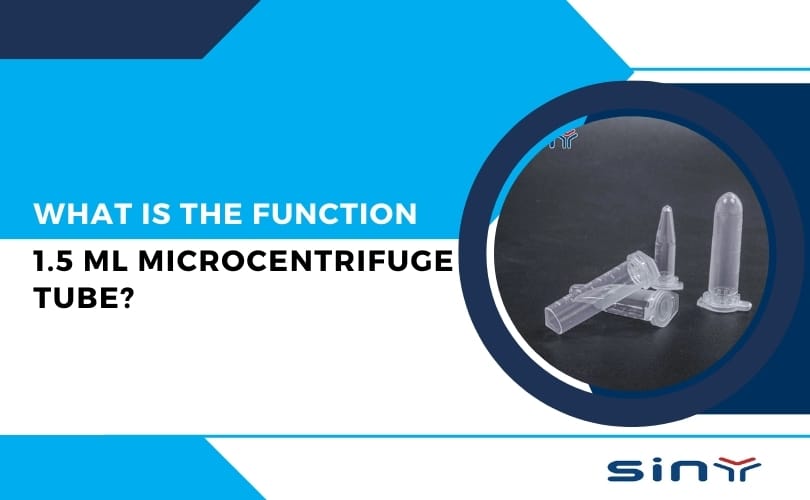Medical examination gloves are a type of personal protective equipment (PPE) that is primarily used by medical professionals during medical procedures. They are designed to protect both the patient and the healthcare worker from infection and contamination. Examination gloves are usually made of latex, nitrile rubber, or vinyl. Latex gloves are the most common type of examination gloves and provide excellent protection against most types of microorganisms and other contaminants. Nitrile rubber gloves are more resistant to punctures and chemicals than latex gloves and are often used for more delicate procedures. Vinyl gloves are generally less expensive than latex and nitrile gloves and provide good protection against infection.
Table of Contents
- 1 Types of Medical Examination gloves
- 1.1 History of Medical Examination gloves
- 1.2 Uses of Medical Examination gloves
- 1.3
- 1.4 Advantages of Medical Examination gloves
- 1.5
- 1.6 Disadvantages of Medical Examination gloves
- 1.7
- 1.8 Regulations for Medical Examination gloves
- 1.9
- 1.10 Certification for Medical Examination gloves
- 1.11
- 1.12 Benefits of Medical Examination gloves
- 1.13
- 1.14 Conclusion
Types of Medical Examination gloves
Medical Examination gloves are a critical component of the healthcare system that plays an important role in protecting both healthcare professionals and patients from the spread of infection. They can be made from a variety of materials, from latex to nitrile, and each type offers its own unique benefits. Latex gloves are the most common type of glove used in medical settings, as they provide superior protection against viruses, bacteria, and other contaminants. They are also highly elastic and comfortable to wear, making them ideal for long-term use. Nitrile gloves, on the other hand, are more durable and provide better protection against certain chemicals and abrasions. They are also more puncture-resistant than latex gloves, making them a good choice for medical professionals who need to handle dangerous substances. Vinyl gloves are another option, as they are economical and provide good protection against viral and bacterial contamination. They are also easy to put on and take off and provide a good fit for most users. Lastly, neoprene gloves provide superior protection against both chemicals and punctures and are more comfortable than other types of gloves. All of these types of medical Examination gloves are essential to any healthcare setting, as they provide protection from the spread of infection and keep both healthcare professionals and patients safe.
History of Medical Examination gloves
The use of medical examination gloves dates back to the early 19th century. It was first used by surgeons to protect their hands and prevent the spread of germs. The gloves were made of latex rubber and provided protection against bacteria and other germs, as well as providing a barrier against contact with bodily fluids. In the early 20th century, the medical field began to recognize the importance of hand hygiene and the use of medical examination gloves became more widespread. As technology improved, so did the materials used to make medical examination gloves. Latex rubber was replaced with materials such as vinyl and nitrile, which provided increased protection against germs and improved comfort for the wearer. Today, medical examination gloves are an essential part of any medical professional’s personal protective equipment. They are used to protect against the spread of germs and provide barrier protection against contact with bodily fluids. Additionally, examination gloves are used to protect medical professionals from potential exposure to hazardous materials. Medical examination gloves are available in a variety of sizes and styles, including powdered and powder-free, to meet the needs of any medical situation.

Uses of Medical Examination gloves
Medical examination gloves are an essential piece of protective gear for medical personnel, and they are used in many contexts to protect both patients and healthcare workers. They help prevent the spread of germs and other contaminants and can reduce the risk of skin irritation and contact with hazardous materials. The gloves also act as a physical barrier, providing protection against sharp objects and other potential threats. They can also be used to protect the hands from contact with body fluids, and to protect the patient from contact with the healthcare worker’s skin. Medical examination gloves are also commonly used in laboratory settings, where they protect lab workers from contact with hazardous materials and help maintain sterility in the laboratory. In addition, they can be used in the medical field for a variety of purposes, including for procedures that require a higher level of protection, such as during surgery. Medical examination gloves are also used in the food industry, as they provide protection from contact with potentially hazardous ingredients, as well as from contact with food allergens. Finally, medical examination gloves are also used in many other industries, such as in the automotive, construction, and janitorial industries, to provide protection against hazardous materials.

Advantages of Medical Examination gloves
Medical Examination gloves are essential for medical personnel to protect themselves and their patients from the spread of dangerous diseases and illnesses. The gloves provide an effective barrier to help reduce the risk of cross-contamination and infection. Medical Examination gloves are made of durable, high-quality materials that are designed to offer protection and comfort to the user. The gloves are available in various sizes and materials, such as latex, nitrile, and vinyl. They are easy to put on and take off and provide a snug fit. Furthermore, they are lightweight and comfortable to wear, making them ideal for long hours of medical work. Medical Examination gloves are also highly elastic and puncture-resistant, providing optimal protection against sharp objects and other hazardous materials. Additionally, they are powder-free and provide tactile sensitivity for improved sensation. With these advantages, Medical Examination gloves are essential for any medical professional to keep themselves and their patients safe.
Disadvantages of Medical Examination gloves
Medical examination gloves are a very useful and important piece of medical equipment, but there are some drawbacks that must be taken into consideration. One of the biggest drawbacks is the cost. Medical examination gloves are often quite expensive, even for a single pair, and can quickly add up if multiple pairs are needed. In addition, if the wrong size is chosen, the gloves may not provide the necessary protection, so it is important to take accurate measurements of the hands before purchasing.
Regulations for Medical Examination gloves
Medical examination gloves are essential tools used by healthcare professionals to perform a variety of tasks safely and efficiently. As such, it is important that regulations are in place to ensure the quality, safety and efficacy of these gloves. The U.S. Food and Drug Administration (FDA) has established several regulations for medical examination gloves which must be followed in order to be approved for use. These regulations include requirements for the materials used to manufacture the gloves, the performance characteristics that must be met, and the quality control processes that must be followed. The materials used must be of high quality and must be non-toxic, non-irritating, and not present any risk of allergic reactions. The performance characteristics of the gloves must also be tested and verified, such as their strength, elasticity, puncture and tear resistance, and permeability. Additionally, quality control processes must be in place to ensure the gloves meet these requirements and to ensure that they are properly cleaned and disinfected before being used. By following these regulations, medical examination gloves can provide a level of protection and assurance to healthcare professionals and their patients.
Certification for Medical Examination gloves
If you are in the medical profession, you know how important it is to have the right gloves to protect you and your patients. Certification for medical examination gloves is one way to ensure that you are getting a quality product that will provide the level of protection that you need. Certification for medical examination gloves is an important process that ensures that the gloves meet the necessary safety and efficiency standards. Certification typically involves testing the gloves for various factors such as thickness, puncture resistance, chemical resistance, and the presence of any harmful substances. These tests are conducted according to industry standards, and the results are used to determine whether or not the gloves are suitable for medical use. Certification for medical examination gloves is essential for ensuring that the gloves are safe and effective for use in medical settings. It also allows medical professionals to be confident that the gloves they are using are of the highest quality. Certification for medical examination gloves is a crucial part of keeping medical professionals and their patients safe and healthy.
Benefits of Medical Examination gloves
Medical Examination gloves are an essential piece of personal protective equipment for any healthcare worker. These gloves are designed to protect both the patient and the healthcare worker from any potential contamination or contact with infectious organisms. They are made of latex, vinyl, or nitrile, and come in a variety of sizes and thicknesses to suit any user’s needs. Medical Examination gloves are highly recommended for medical personnel in order to reduce the risk of spreading disease or infection. They can also help keep hands clean and make sure that any medical instruments and tools are not contaminated with harmful bacteria. The benefits of using Medical Examination gloves are numerous. They can help protect against the transmission of infectious diseases, reduce the risk of skin irritation, and protect the health of both the patient and the healthcare worker. Additionally, they can provide an effective barrier against any chemical contaminants or harmful substances that may be present. Wearing Medical Examination gloves will also help prevent any cross-contamination between patients and healthcare personnel, ensuring that the highest standards of hygiene are maintained.
Conclusion
Medical Examination gloves are an essential tool in the healthcare setting. They provide an effective barrier against the transmission of infectious agents and help to reduce the risk of cross-contamination. They are also an important part of personal protective equipment and can help protect healthcare workers from potential hazards. There are many types of medical examination gloves available on the market, so it is important to choose the right glove for the task at hand. With the right product and proper use, medical examination gloves provide a safe and effective way to protect healthcare workers and patients alike.



























































